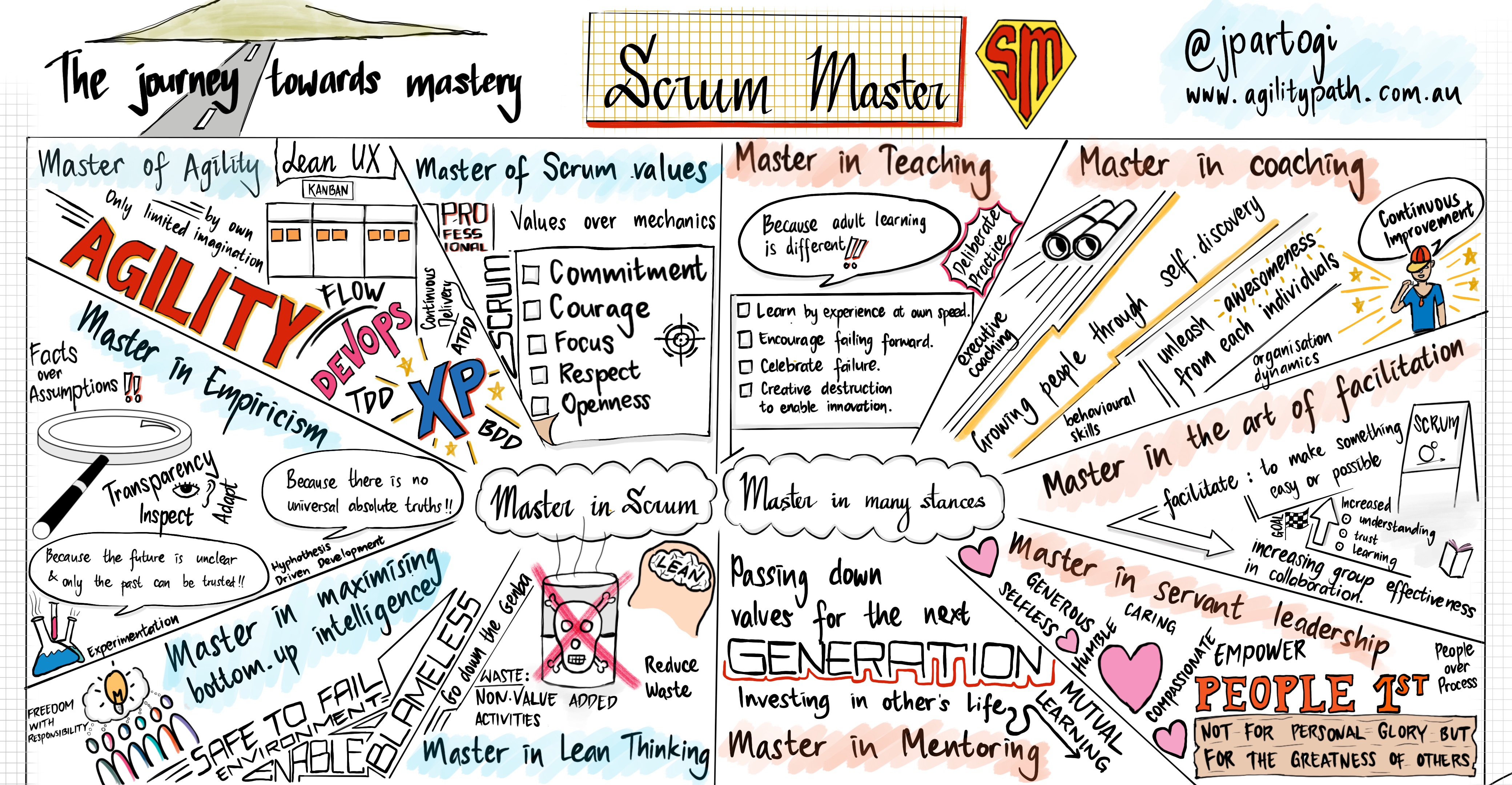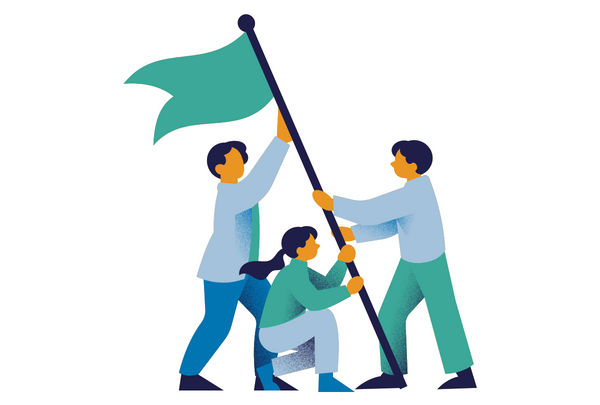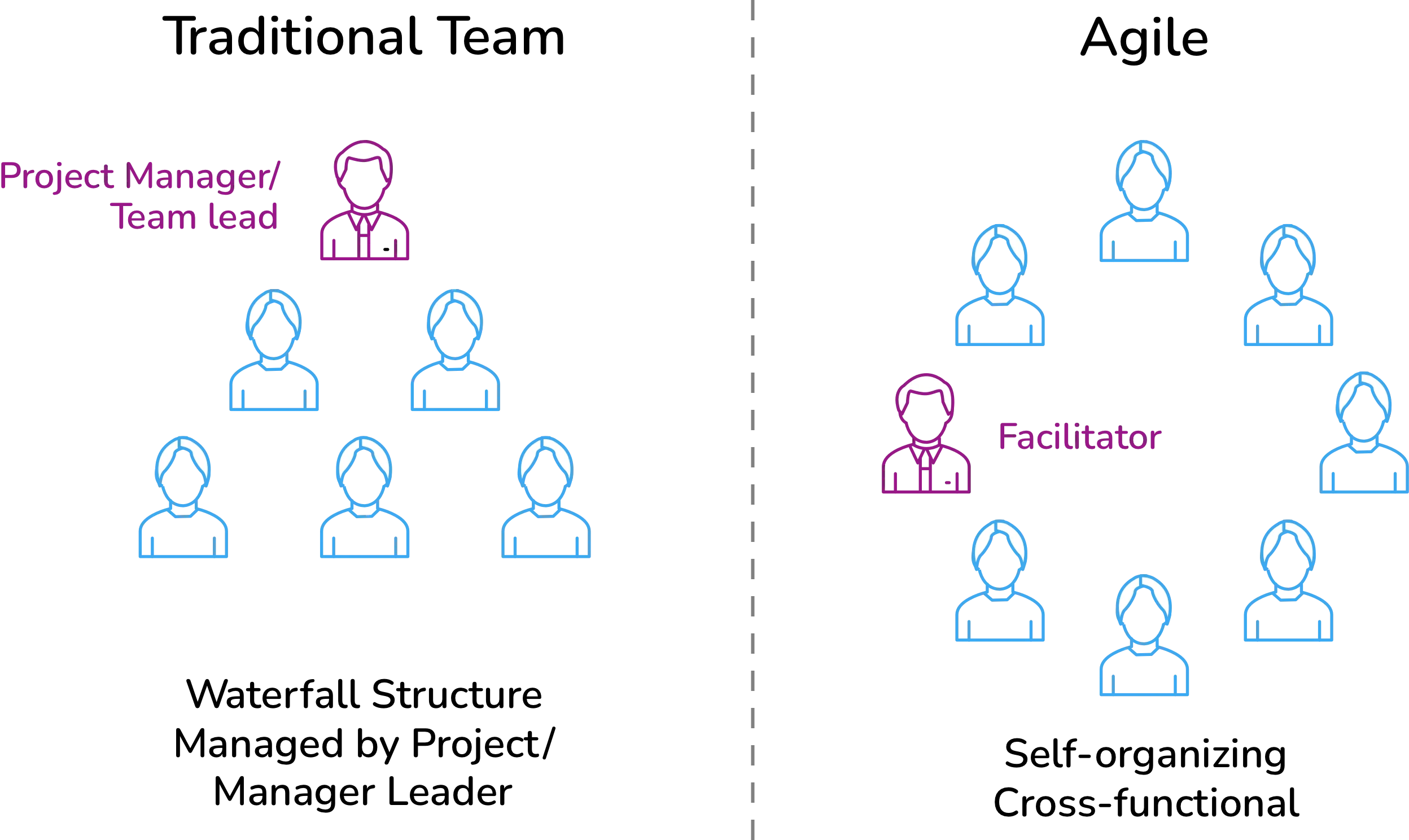Team Lead Facilitator: A Look into Value Driven Leadership
By Team Lean Agile Intelligence

A Look into Value-Driven Leadership
The Team Lead Facilitator is an essential role in an Agile team, accountable for ensuring the team's effectiveness and enabling them to improve their practices continually. This individual acts as a servant leader, responsible for guiding the team towards continuous improvement in ways of working, facilitating ceremonies, coordinating team activities and dependencies, removing impediments, and coaching the team on self-organization, cross-functionality, and continuous improvement. Acting as more of a facilitator than a leader is fundamental to value-driven leadership.
Furthermore, the Team Lead Facilitator ensures all artifacts and metrics are visible to the team and stakeholders, forms working agreements, and ensures the team has necessary feedback loops from all stakeholders. The Team Lead Facilitator serves both the team and the larger organization, ensuring that the team operates at its highest level of effectiveness.
In this blog post, we will dive deeper into the foundational techniques that the Team Lead Facilitator can adopt to help the team become more proficient and self-organizing. If you want to gain a comprehensive understanding of your team’s current process status, we recommend taking advantage of our free agile assessment for Team Agility.
Team Lead Facilitator and The Learning Journey
At Lean Agile Intelligence, we recognize Team Lead Facilitation as the lead facilitator's ability to create an environment where team members can focus, learn, and deliver value. We divided the learning journey into 4 different stages: Developing, Emerging, Adapting, and Optimizing. In the following sections, we will discuss each stage in detail as well as provide practical tips and techniques to help you strengthen your skills in this area. Our goal is to help you become a highly effective Lead Facilitator who can guide your team and stakeholders to deliver maximum value with minimum waste. By mastering the principles and techniques of Team Lead Facilitation, you can help your team and organization achieve their strategic goals and create a culture of continuous improvement.

Source - Scrum Mastery is more than just Agile coaching
Developing
Teams “developing” an understanding of the value of a Team Facilitator practice and adopting the foundational techniques should focus on the following improvements:
-
The What: A Facilitator (i.e., Scrum Master) is dedicated to the team and acts as a servant leader who drives continuous improvement in ways of working.
-
The How: The Team Facilitator is one of the three key roles on an agile team. While servant leadership is a timeless concept, the phrase “servant leadership” was coined by Robert K. Greenleaf in “The Servant as Leader”, an essay that he first published in 1970. In that essay, Greenleaf said:
-
“The servant-leader is servant first… It begins with the natural feeling that one wants to serve first. Then conscious choice brings one to aspire to lead. That person is sharply different from one who is a leader first; perhaps because of the need to assuage an unusual power drive or to acquire material possessions…The leader-first and the servant-first are two extreme types. Between them, there are shadings and blends that are part of the infinite variety of human nature.
-
“The difference manifests itself in the care taken by the servant first to make sure that other people’s highest priority needs are being served. The best test, and difficult to administer, is: Do those served grow as persons? Do they, while being served, become healthier, wiser, freer, more autonomous, and more likely to become servants? And, what is the effect on the least privileged in society? Will they benefit or at least not be further deprived?” More info can be found here.
-
-
-
The What: Facilitates the team's sync events (i.e., Iterative Planning, Daily Stand-Up, Product Demo, Retrospectives, etc.).
-
The How: One of the core competencies of a Team Facilitator is facilitation. According to the Agile Coaching Institute, a facilitator is a “Neutral process holder that guides the individual’s, team’s, or organization’s process of discovery, holding to their purpose and definition of success.” A Team Facilitator is responsible for effective agile events and uses varying facilitation techniques to achieve the event's purpose. In our recommended book “Facilitator's Guide to Participatory Decision-Making,” Sam Kaner teaches professional facilitation in depth. Every well-facilitated meeting is also an opportunity to stretch and develop the perspectives of the individual members, thereby building the strength and capacity of the group as a whole.
-
-
The What: Helps coordinate the activities and dependencies of the team.
-
The How: It’s a good practice for Team Facilitators to work closely with other Team Facilitators if they need to coordinate dependencies. Dependencies should be visualized and easily visible by anyone in and around the team. A common practice for managing dependencies between teams is called a “Scrum of Scrums” where multiple Team Facilitators will meet to discuss coordination and issues their teams are facing.
-
-
The What: Removes impediments for the team or escalates them if necessary.
-
The How: A Team Facilitator can add value to the team by helping to remove dependencies. Sometimes there will be impediments that are out of their current control. In this case, the Team Facilitator should escalate issues to management while still owning the impediment to ensure it is resolved.
-

Emerging
Teams “emerging” beyond the foundational techniques of Team Facilitator practice and embracing it as they become more proficient should focus on the following improvements:
- The What: Ensures the team has the necessary feedback loops from all stakeholders.
- The How: Shortening feedback loops should be a key focus of a Team Facilitator. They can do this by ensuring necessary stakeholders are at the product demo and an open communication channel with them throughout the iteration. In addition, making all work, artifacts, and metrics visible and easily available to stakeholders can help shortening feedback loops.
-
The What: Ensures the team forms working agreements, defining their ways of working, and updates them periodically.
-
The How: Here is a working agreement canvas you can use to get started. It covers roles and responsibilities, name, mission, metrics, logistics, strengths and growth opportunities, norms and guidelines, and more. Utilize the norms and guidelines section to define team ways of working.
-
-
The What: Ensures the team abides by the Definition of Done.
-
The How: The Definition of Done is a formal description of the state of the Increment when it meets the quality measures required for the product. Quoting directly from the Scrum Guide:
-
“The moment a Product Backlog item meets the Definition of Done, an Increment is born. The Definition of Done creates transparency by providing everyone a shared understanding of what work was completed as part of the Increment. If a Product Backlog item does not meet the Definition of Done, it cannot be released or even presented at the Sprint Review. Instead, it returns to the Product Backlog for future consideration.”
-
The Team Facilitator ensures it exists, is co-created by the team, and coaches the team to uphold their working agreements. We created a blog post about this topic here.
-
-
-
The What: Ensures all artifacts and metrics are visible to the team and stakeholders.
-
The How: All artifacts and metrics should be transparent and visualized via big visible information radiators or online tools. Team members should all have access to this information and review the information together at team events and meetings. For example, reviewing the agile board, burn down chart, iteration goal, and other information at the daily standup.
-
* * * * * *
"One of the core competencies of a Team Facilitator is facilitation."
* * * * * *
Adapting
Teams “adapting” the Team Facilitator practice to extract the full benefit should focus on the following improvements:
-
The What: Assists in resolving conflicts by listening, empathizing, and supporting team members of all levels.
-
The How: To empathize, Team Facilitator practices listening skills or “Levels of Listening.” There are three levels of listening. The first two are…
-
Level 1
-
Level 1 listening is an interaction where the primary focus of the listener is on their own thoughts, opinions, judgments, and feelings. People relate the words they hear to their experiences or needs. This type of listening is entirely appropriate when we are facing a decision or when we must collect information. If we are buying a car, for example, we will be listening at Level 1 to the salesperson to see how the car features will fit our needs and budget.
-
-
Level 2
-
Level 2 listening takes communication way ahead. The undivided attention of the listener is entirely on the speaker and on the conversation. This means not only hearing what is being said but also noticing how it is said. It involves paying attention to the tone of voice, body language and facial expressions. This type is the empathic listening concept explained by Covey, including paraphrasing and reflecting on the words of the speaker.
-
The listener can filter out their internal chatter and any distraction from the environment. As a result, the listener can tune in to the meaning of the words, choose a way to respond, and assess the effect of the response on the speaker.” - Source - International Coaching Federation
-
-
-
-
The What: Coaches the Product Owner/Manager on backlog management, planning, and facilitation techniques.
-
The How: The Team Facilitator is a coach for the entire agile team, including the product owner. They can help product owners with processes and artifacts to drive team performance. Roman Pichler has a great product management framework that covers product management competencies. Team Facilitators can work closely with product owners to enhance these capabilities.
-

Source - Designing Agile Teams for Software Development
Optimizing
Teams “optimizing” the knowledge sharing of the Team Facilitator practice learnings across the enterprise should focus on the following improvements:
-
The What: Coaches the team on the importance of self-organization, cross-functionality, and continuous improvement.
-
The How: A Team Facilitator helps the team become high-performing over time by using coaching, teaching, mentoring, and facilitation skills. Agile teams are “Self-organizing,” meaning they decide how the work will be done and who will do the work. They also own their process and results. They reflect on their results and process continuously. The Team Facilitator coaches the team on continuous improvement techniques such as the retrospective. For more info, see our blog post here. Andy Cleff has a fantastic blog post that outlines steps to develop cross-functionality in-depth titled “Six Steps to Self-Learning Teams and Organizations,” which can be found here. The steps he outlines are…
-
-
Build an Inventory of Skills
-
Build a Team Level Matrix
-
Create priorities, slack, and flow
-
Develop Guilds
-
Measure
-
Make self-learning teams visible
-
-
-
* * * * * *
"When the servants realize that things aren't the same without Leo, they came to the realization that Leo was far more than a servant – he was actually their leader."
* * * * * *
Conclusion
In conclusion, the Team Lead Facilitator is a crucial role in ensuring an Agile team operates at its highest level of effectiveness. By acting as a servant leader, facilitating ceremonies, coordinating team activities and dependencies, removing impediments, and coaching the team on self-organization, cross-functionality, and continuous improvement, the Team Lead Facilitator creates an environment where team members can focus, learn, and deliver value. Developing teams should focus on understanding the value of a Team Facilitator and adopting foundational techniques while emerging teams should focus on coaching the team on the importance of self-organization, cross-functionality, and continuous improvement. By mastering the principles and techniques of Team Lead Facilitation, individuals can help their team and organization achieve their strategic goals and create a culture of continuous improvement. For a thorough assessment of your team's current process status, we offer a free agile assessment for Team Agility that you can take advantage of.